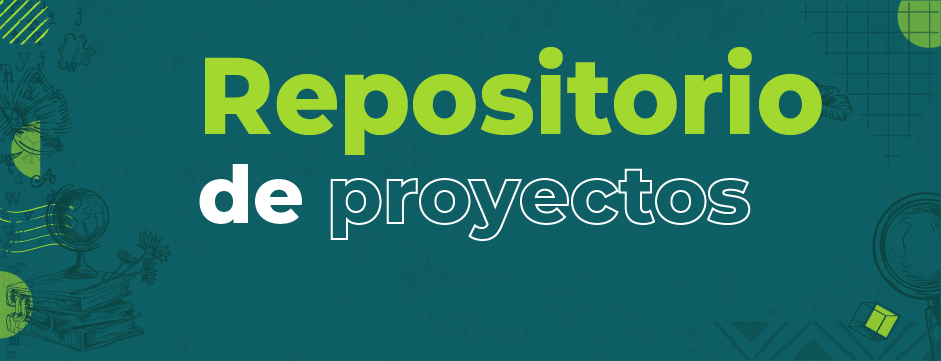
Por favor, use este identificador para citar o enlazar este ítem:
http://biblioteca.udea.edu.co:8080/leo/handle/123456789/6224Registro completo de metadatos
| Campo DC | Valor | Lengua/Idioma |
|---|---|---|
| dc.contributor.author | Llinás Restrepo, Camila | - |
| dc.date.accessioned | 2022-11-22T19:01:07Z | - |
| dc.date.available | 2022-11-22T19:01:07Z | - |
| dc.date.issued | 2020 | - |
| dc.identifier.citation | Llinás, C. (2020). El replanteamiento del discurso de DD. HH. : el caso del río Atrato en la sentencia T-622 de 2016. Recuperado de: http://hdl.handle.net/10554/57742. | esp |
| dc.identifier.issn | 1794-5216 | - |
| dc.identifier.uri | http://biblioteca.udea.edu.co:8080/leo/handle/123456789/6224 | - |
| dc.description.abstract | RESUMEN: Los DD. HH., concebidos como un discurso, son conceptos dinámicos cuyo significado puede variar dependiendo de factores sociales, políticos, jurídicos y culturales. Partiendo de esta perspectiva, este trabajo es el resultado de una investigación cualitativa en la que se utilizó la concepción discursiva de los DD. HH. para analizar los fundamentos jurídicos de la decisión de reconocer al río Atrato como sujeto de derechos en la Sentencia T-622 de 2016. El objetivo del presente ensayo es evidenciar que esta decisión es el resultado de un proceso de replanteamiento del contenido del discurso de DD. HH. efectuado por la Corte Constitucional. Para esto, se hace un análisis nominativo que demuestra que dicho proceso se hizo necesario ante lo que la doctrina ha denominado una crisis teórica y práctica de los DD. HH. En esta oportunidad, se evalúa la necesidad, los fundamentos y los factores que permitieron realizar dicho proceso. Cabe precisar que, con base en esta decisión de la Corte Constitucional, desde el 2016 en Colombia se han proferido fallos que reconocen derechos a ecosistemas y cuerpos fluviales. Por estas razones, desde la teoría de los DD. HH., este ensayo contribuirá a ampliar el entendimiento del origen de esos fallos. ABSTRACT: Human rights, conceived as a discourse, are dynamic concepts which may be endowed with different meanings, and that depends on social, political, legal and cultural conditions. This work is the product of an investigation in which the discourse school of human rights was used to analyze the legal reasoning that led to the recognition of the Atrato river as an entity subject of rights in Judgment T-622 of 2016. Specifically, this essay aims to demonstrate that this decision is the result of a process of reformulation of the discourse of human rights that was developed by the Constitutional Court of Colombia. For this purpose, an analysis is carried out to establish that the realization of this reformulation was necessary in light of what the doctrine has called a theoretical and practical crisis of human rights. Along with this, the necessity, foundations and conditions that made this process possible will be examined too. In Colombia, since 2016 other judgments have recognized ecosystems and rivers as entities that are subjects of rights based on Judgment T-622 of 2016. Therefore, from a human rights perspective, this essay may contribute to a better understanding of the theory that originated these decisions. | esp |
| dc.format.extent | 71-94 | esp |
| dc.format.mimetype | application/pdf | esp |
| dc.language.iso | Español | esp |
| dc.publisher | Pontificia Universidad Javeriana, Facultad de Ciencias Jurídicas | esp |
| dc.rights | Attribution 3.0 United States | * |
| dc.rights.uri | http://creativecommons.org/licenses/by/3.0/us/ | * |
| dc.subject | Derechos Humanos | esp |
| dc.subject | Discurso | esp |
| dc.subject | Ecocentrismo | esp |
| dc.subject | Replanteamiento | esp |
| dc.subject | Cosmovisión | esp |
| dc.subject | Derechos bioculturales | esp |
| dc.title | El replanteamiento del discurso de DD.HH: el caso del río Atrato en la Sentencia T-622 de 2016 | esp |
| dc.title.alternative | The reformation of the discourse of human rights: the Atrato river case in judgment t-622 of 2016 of the constitutional court of Colombia | esp |
| dc.type.hasversion | Publicada | esp |
| Aparece en las colecciones: | Artículos de Revistas | |
Ficheros en este ítem:
| Fichero | Descripción | Tamaño | Formato | |
|---|---|---|---|---|
| LlinasCamila_2020_ReplanteamientoCasoRioAtratosSentenciaT622 (1).pdf | Artículo de revista | 461.08 kB | Adobe PDF | Visualizar/Abrir |
Este ítem está sujeto a una licencia Creative Commons Licencia Creative Commons
